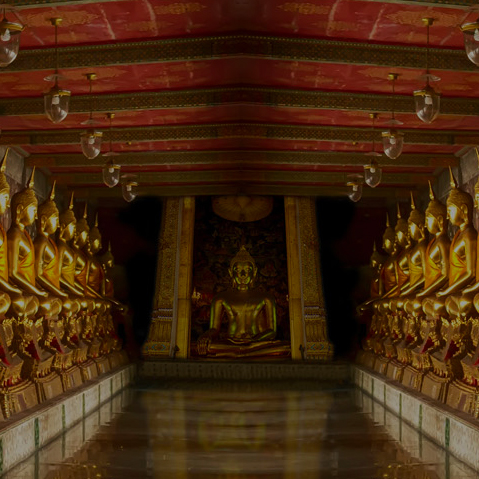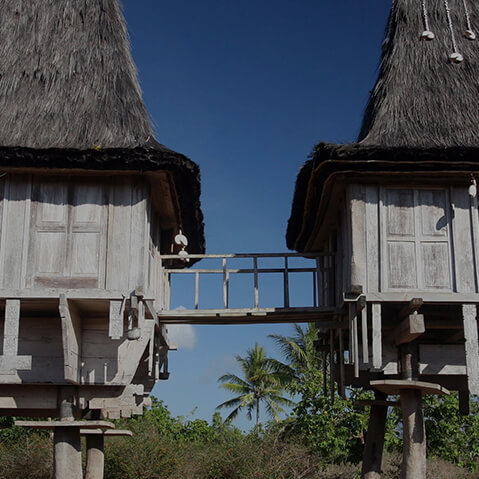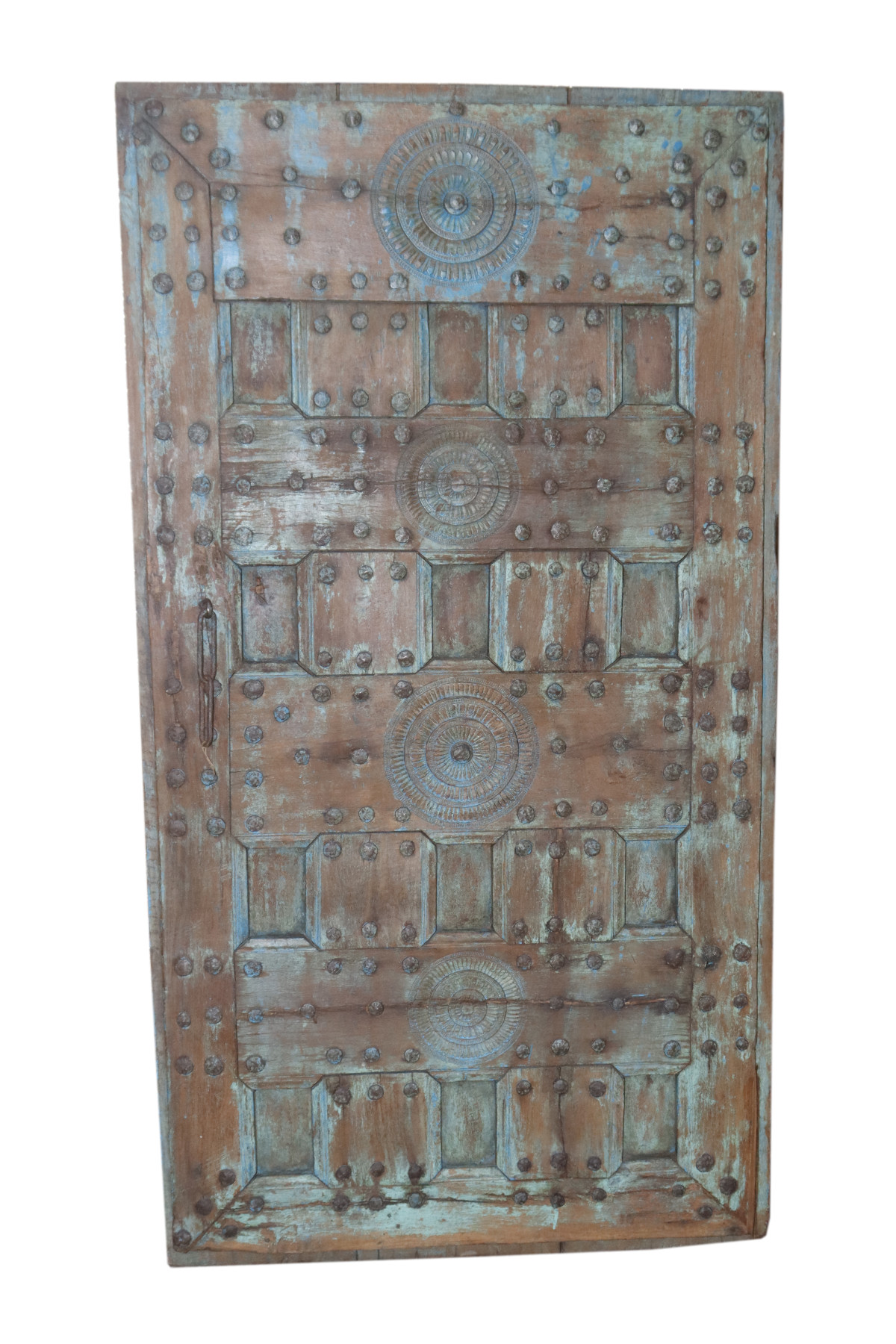The ancient carved wooden entrance doors of the Havelis of North India are true masterpieces of craftsmanship, marking the entrance into a world of wealth and tradition. These imposing and ornate doors are not only functional elements but also symbols of status and protection. Here is a detailed description of these iconic doors:
Materials and structure:
The doors were mainly made of solid wood, often hardwoods such as teak, willow or mango, which were both strong and durable. The structure of the door was usually made of several wooden planks fastened together with metal pegs or nails, giving extra strength to withstand the elements and external threats. In larger or more prestigious havelis, it was not uncommon to see double doors or even monumental gates.
Carvings and decorative motifs:
The carvings on these doors were very detailed and often hand-crafted by specialized craftsmen. These carvings could represent a multitude of motifs, but were often organized according to traditional themes, such as:
Floral motifs: Intertwining flowers, vines, and foliage, symbolizing prosperity and natural beauty.
Mythological figures: Representations of Hindu gods, goddess Lakshmi (symbol of wealth and prosperity) or Ganesh (the god of good luck and beginnings), intended to bring blessing and protection to the home.
Sacred animals: Horses, elephants, and lions carved to symbolize power, nobility, and protection.
Geometric motifs: Symmetrical patterns that reference universal harmony and the divine structure of the universe.
The intricate details of the carving were often done with chisels and gouges, sometimes enhanced with bright paint or gilding, adding to the majesty of the whole.
Symbolism and Function of Doors:
Haveli doors were not only a means of entry, but were also seen as powerful symbolic elements. They served to protect residents from outside influences while offering them a certain form of distinction. In havelis (traditional homes of merchants or nobles), the entrance was often seen as a kind of sacred passage between the sometimes hostile outside world and the privacy of the home.
Doors were also decorated with protective elements such as symbols of good luck and prosperity. For example, bells or special metals could be integrated into the structure to ward off evil spirits or to bring divine blessings.
Dimensions and Architectural Style:
The entrance doors of havelis in North India were usually large and imposing, creating a strong first impression for visitors. They were often decorated with carved cornices or friezes and could include elements such as arches or decorated hinges. Havelis were built with a mix of architectural styles influenced by Islamic, Rajput, and sometimes even elements from Rajasthan or Gujarat. This was reflected in the designs on the doors, which combined elements of Mughal architecture (e.g. pointed arches) with more local influences.
Doors were also a way to display the social status of the family residing in the haveli. Wealthier merchant or noble families could afford incredibly ornate front doors, while those of less wealthy families were simpler.
Type of closure and mechanisms:
Doors often had large metal bolts and reinforced hinges, sometimes decorated with geometric or floral designs. Some doors could have iron grilles (called jali) built into them, allowing light and air to pass through while providing privacy and security. The locking mechanisms were often ingenious and designed to be very secure, with heavy locks and sometimes wrought iron key systems.
Conclusion:
The ancient carved wooden doors of the havelis of North India are both functional and artistic objects, rich in symbolism and history. These doors are a testament to the artisanal expertise of the Indian regions, in particular the skill of traditional carvers and carpenters. In addition to serving as an entrance, they are a major element of the architectural decor, illustrating the prestige, protection, and prosperity of the family that resided there.
Dimensions: 165x90x7cm
 0
0































